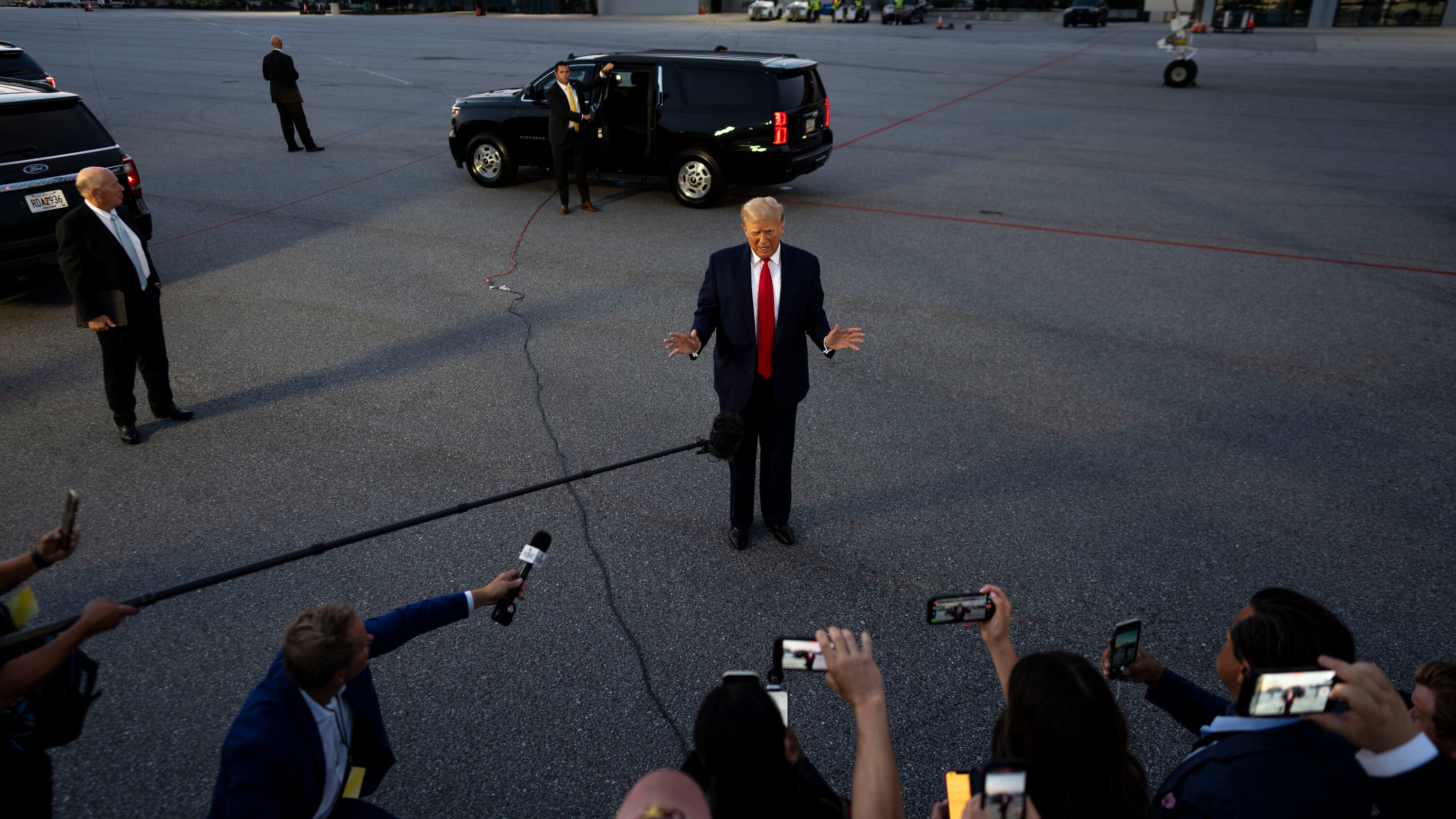The question of who shot Donald Trump has sparked considerable debate and intrigue among political enthusiasts and the general public alike. While there hasn't been an actual incident involving Donald Trump being shot, this topic often arises within the context of political discussions, conspiracy theories, and the safety of public figures. In this article, we will dive deep into the various narratives surrounding Donald Trump, analyze public perceptions, and explore the broader implications of threats against political leaders.
Understanding the safety issues surrounding high-profile individuals like Donald Trump is crucial in today’s political climate. The former president's tenure was marked by both fervent support and stark opposition, leading to a multitude of discussions about security threats. While this analysis does not focus on a specific shooting incident, it will cover the broader implications of threats in political contexts.
In the following sections, we will break down the safety concerns related to Donald Trump, examine the political climate during his presidency, and discuss the measures taken to ensure the security of public figures. Let’s explore this topic in detail to better understand the landscape of political safety and its implications.
Table of Contents
- Understanding the Context of Political Threats
- Donald Trump’s Security Measures
- Public Perception of Threats Against Trump
- Historical Context of Violence in Politics
- The Role of Media in Shaping Perceptions
- Legal Implications of Threats Against Public Figures
- Conclusion
- Call to Action
Understanding the Context of Political Threats
Political threats are not a new phenomenon. Throughout history, politicians have faced various forms of aggression, including threats of violence. Understanding the context of these threats is essential to grasping the concerns surrounding figures like Donald Trump.
The Evolution of Political Violence
Political violence has evolved over the years, with different motives and methods emerging. Key points include:
- The rise of social media and its impact on spreading misinformation
- The polarization of political parties and its role in inciting violence
- Historical examples of political assassinations and their aftermath
Donald Trump’s Security Measures
During his presidency, Donald Trump was subject to numerous threats, leading to enhanced security protocols. Here are some key measures that were implemented:
Secret Service Protection
As a former president, Donald Trump receives ongoing protection from the Secret Service, which includes:
- 24/7 surveillance and security detail
- Secure transportation methods
- Risk assessment for public appearances
Public Perception of Threats Against Trump
The perception of threats against Donald Trump varies widely among the public. Factors influencing these perceptions include:
Media Representation
The media plays a significant role in shaping public opinion regarding political threats. How threats are reported can influence public perception, leading to:
- Increased fear or anxiety about political violence
- Polarization of opinions on the legitimacy of threats
- Potential motivations behind the threats
Historical Context of Violence in Politics
To fully understand the implications of threats against Donald Trump, it is essential to examine historical instances of political violence. Notable examples include:
- The assassination of President Abraham Lincoln
- The attempted assassination of President Ronald Reagan
- Violent protests against political figures in recent years
The Role of Media in Shaping Perceptions
The media's portrayal of political events significantly affects public perception. Investigating how the media handles threats against politicians can reveal much about societal attitudes toward violence in politics.
Impact of Social Media
Social media has changed the landscape of political communication, leading to:
- Rapid dissemination of information and misinformation
- Increased public engagement in political discussions
- Potential for inciting violence through inflammatory rhetoric
Legal Implications of Threats Against Public Figures
Threats against public figures like Donald Trump carry significant legal implications. Understanding these implications helps underscore the seriousness of such threats.
Legal Framework
Various laws address threats against public figures, including:
- Federal statutes prohibiting threats against the president
- State laws addressing harassment and intimidation
- Consequences for individuals making credible threats
Conclusion
In conclusion, while the question of who shot Donald Trump may not pertain to a specific incident, it opens up broader discussions about the safety of political figures, the context of political threats, and the media's role in shaping public perception. Understanding these factors is essential in fostering a safe political environment.
Call to Action
We encourage readers to share their thoughts in the comments below, engage in discussions about the implications of political threats, and explore additional articles on our site regarding political safety and public figures. Your insights are invaluable in promoting a well-rounded understanding of these critical issues.
Thank you for reading! We hope you found this analysis informative and thought-provoking. We invite you to return for more insights and discussions on pressing political topics.
Also Read
Discovering The Culinary World Of Donald Trump's Chef: A Journey Through GastronomyDonald Trump Jr. Height And Weight: A Comprehensive Overview
Donald Trump Couch: The Iconic Furniture Piece Of A Former President
Donald Trump And Fani Willis: The Legal Battle Ahead
Exploring The World Of Donald Trump Merchandise: A Comprehensive Guide
Article Recommendations
- Sugar Babies
- What Happened To Ronnie Coleman
- Ab Booster Plus
- Sunset Motel
- Pokimane Gaming
- Steve Martin Wiki
- Actor Rapper Common
- What Does Nick Saban Daughter Do
- Comedy S 2023
- Henry Cho Comedian Wife


